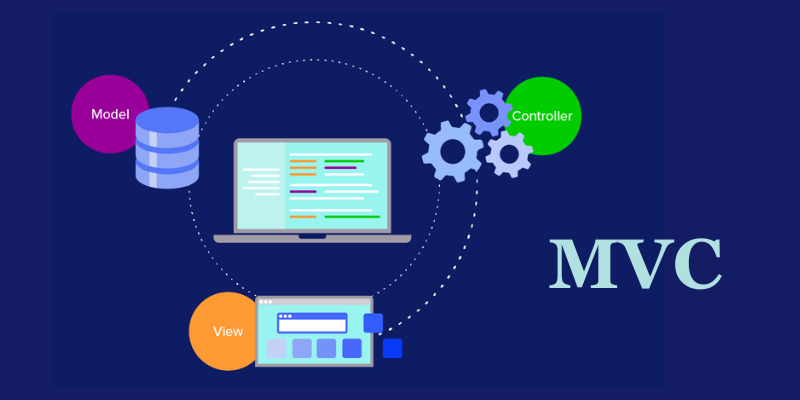What Tasks Does the Controller Layer Handle in MVC Architecture?
In the Model-View-Controller (MVC) architecture, the Controller layer plays a pivotal role in managing the application’s flow, handling user requests, and orchestrating interactions between the Model and View layers. Let’s delve into the specific tasks and responsibilities that the Controller layer takes on within the MVC architecture. FITA Academy which offers MVC Classes in Chennai empower developers with the abilities to effectively create dynamic and responsive applications.
Handling User Requests
One of the primary responsibilities of the Controller layer is to handle incoming user requests. When a user interacts with the application, such as submitting a form or clicking a button, the corresponding request is routed to the appropriate controller. The controller then processes the request, determines the necessary actions, and coordinates with the Model layer to fetch or manipulate data.
Implementing Business Logic
Controllers are responsible for implementing business logic related to user interactions. This includes validating user input, enforcing business rules, and making decisions based on the request context. For example, in an e-commerce application, the controller might validate a user’s payment information before processing an order.
Routing and Dispatching
Controllers manage routing within the application, mapping incoming requests to specific actions or endpoints. Routing mechanisms in MVC frameworks allow controllers to handle different types of requests (e.g., GET, POST, PUT, DELETE) and route them to the corresponding controller methods. This routing and dispatching process ensures that each request is directed to the appropriate controller for processing.
Interacting with the Model Layer
The Controller layer acts as an intermediary between the user interface (View) and the data (Model). When a controller receives a request, it interacts with the Model layer to retrieve or update data as needed. This interaction involves invoking methods or services provided by the Model layer to perform CRUD (Create, Read, Update, Delete) operations on the underlying data.
Passing Data to the View
After processing a request and interacting with the Model layer, the Controller layer is responsible for passing the necessary data to the View layer for rendering. This data often includes information retrieved from the Model, such as user details, product listings, or application state. Controllers prepare this data in a format that the View can understand and use to generate the appropriate UI components.
Handling Application State
Controllers manage the application’s state during the request-response cycle. They store temporary data, handle session management, and manage the flow of control within the application. For instance, a controller might maintain user authentication status across multiple requests or manage the navigation flow between different pages or views. Elevate your expertise by enrolling in the Software Training Institute in Chennai. Strengthen your skills to thrive in the ever-evolving field of web development and pave the way for a successful career.
The Controller layer in MVC architecture handles a wide range of tasks critical to the functioning of web applications. From routing and request handling to implementing business logic, interacting with the Model layer, passing data to the View, and managing application state, controllers serve as the backbone of MVC-based applications, ensuring smooth and efficient operation while maintaining separation of concerns between components.

